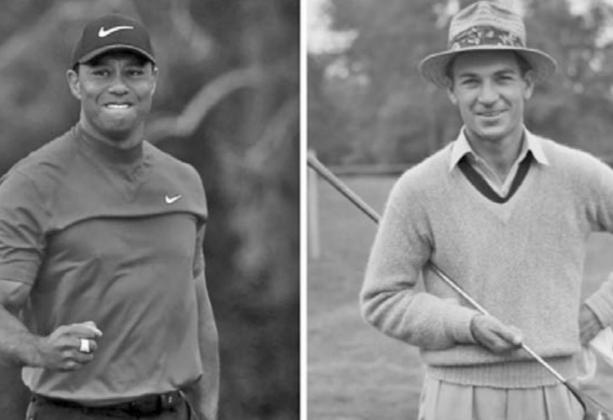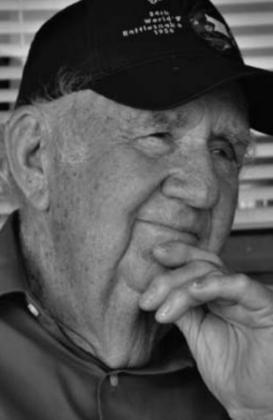It was a moment that would change the life of Ben Hogan.
On the morning of Feb. 2, 1949, he was driving on US 80 near Van Horn, Tx. when out of the mist a Greyhound bus pulled out to pass an 18-wheeler, slamming headon into the Hogan’s Cadillac. Mr. Hogan was traveling 35 to 40 miles an hour; the bus was going 55 mph.
The head-on collision sent Hogan’s car off the road. The motor was shoved into the passenger compartment and the steering column pierced the driver’s seat. Mr. Hogan had thrown himself across the seat to protect his wife and, undoubtedly saved both their lives. Hogan was hospitalized almost two months, critically ill when blood clots formed in his left leg and traveled to his lungs. He would be incapacitated for months and resumed his career in pain which continued for the rest of his life.
Tiger Woods faced a similar situation on Feb. 23, 2021, when he crashed his Genesis SUV at 80 mph on the outskirts of Rancho Palos Verdes, Ca. His vehicle left the road and hit a tree at full speed. Though Wood’s speed was faster, the impact force between Hogan’s and Wood’s accidents was almost identical. All the air bags blew in Wood’s car and the engine was pushed into the passenger compartment. He was in the hospital for 21 days. In a few weeks, he was walking and in rehab.
Hogan had no rehab. Some say that the rest of his life was his physical therapy.
There were a number of similarities between the two accidents. Each suffered broken ankles, Hogan’s left and Wood’s right.
Their blunt force trauma injuries were almost identical. The injuries were treatable on Woods so that his ankle could heal without the threat of blood clots.
This was not the case for Hogan because the technology didn’t exist at that time. Hogan’s injuries were treated with a cast and a wheelchair; Woods got titanium plates and his surgery prevented the blood clots that could have formed. For Hogan hospital staff had to call Dr. Alton Ochsner from Tulane Medical Hospital in New Orleans. Dr. Ochsner flew to El Paso by military plane to do an almost unheard-of treatment to stop the blood clots from forming, using a technique and technology still in its infancy.
Woods was 45 years old; Hogan was 36. Hogan had no previous health issues while Woods had numerous surgeries for knee and back injuries. According to the LA County fire department, it took six minutes for first responders to arrive at the accident and 12 minutes to use the jaws of life to get Tiger Woods out of the wreckage.
For Ben Hogan, it took an hour to remove him from the car with an ax and a pry bar made from a piece of pipe. It took another 90 minutes before an ambulance arrived. He was taken to El Paso for treatment because the nearby Van Horn hospital had no trauma capability. The trip to El Paso would have taken a minimum of two hours. All the while Hogan was traveling with multiple fractures including a pelvis broken in two places.
No X-rays were taken of Hogan because the hospital’s equipment kept shocking people. All of Hogan’s fractures were put in casts, the standard treatment at the time. But these casts also caused the blood clots that later threatened his life.
Had Hogan’s accident taken place seven years later, a number of new medical techniques would have prevented so many of these clots that made Hogan’s recovery difficult. These techniques were developed in World War II and became standard medical practice later in the 1950s. Tiger Woods had the best of medical care available. Ben Hogan mostly had bandages and Epsom salts.
A display with side-by-side comparisons of both accidents is now on exhibit at the National Health and Public Safety History Museum (Frontline Heroes) in downtown Dublin. Across the street at the Ben Hogan Museum, visitors can learn about Hogan’s life after the accident. The Health History Museum is open Wednesday - Saturday 10-5 and Sunday 11-4. The Ben Hogan Museum is open weekend afternoons 1-5 and by appointment.
Sadly, Dublin lost a fine man and good friend recently. Benny Paul Gallaway, 92, of Abilene, was an important part of our museum community. He was a big supporter of the historical museum and introduced Dr. Vernon Williams of Abilene to the Rodeo Museum. The historical museum will be adding a memorial plaque on the Patrons with Vision wall in Benny Paul’s memory. He will be greatly missed.


